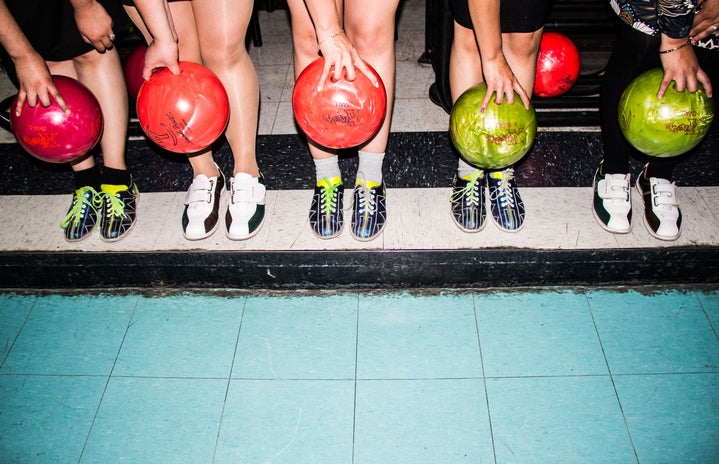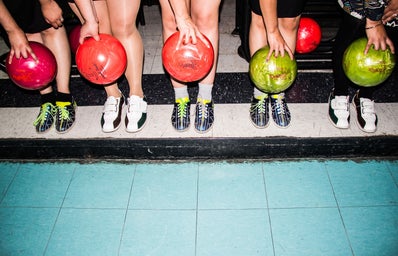Two years ago, I made a New Year’s resolution — one I actually followed through on. After the year was up, it was no longer just a resolution, but a lifestyle change, and one that I’ve kept to this day. Just what was my resolution? Cutting animal-tested products out of my beauty, skincare, and hair routines.
At the time, I followed PETA on Twitter and often saw photos they posted of animals like mice and rabbits in laboratories where cosmetics and cosmetic ingredients are tested. These animals were, and continue to be, used to test skin and eye irritants and ingredients that may prove hazardous or deadly, among other things. According to Humane Society International, lab animals often have chemicals rubbed into their skin, dripped into their eyes, and even force-fed to them for various periods of time, sometimes for months on end. There are even lethal dose tests done to establish how much of one chemical can be consumed before the animal dies. At the end of these studies, the animals are typically killed (if they have not died already) through means of asphyxiation, neck-breaking, or decapitation. Over the duration of time these animals are tested, they are not given pain relievers and often suffer from blindness, open sores, and internal organ damage, among other terrible health conditions.
Image Source: PETA
The disgust I felt for my own contribution to the suffering of hundreds of thousands of test animals forced me to make a change in my lifestyle. I did my research to figure out which brands I could keep around and which ones I needed to say goodbye to. I was pleasantly surprised to find that it was actually pretty easy to replace the animal- tested products I’d been using with cruelty-free ones, as many brands have decided to stop testing on animals. When I got further into reading about animal testing, I discovered that there are alternatives that these companies can utilize instead, such as testing on tissue structures developed from human cells. Companies make an active choice in continuing to carry out acts of torture, and consumers make an active choice in supporting it or not.
The excuse I often hear from people who don’t want to make the effort to go cruelty-free is, “I would do that, but I already have my favorite products.” I ask in response, “If you want to continue buying products that are the result of animal abuse, what does that say about you and your values? If you wouldn’t let it happen to your pet, then why are you okay with thousands of lab animals being subjected to it?” No animal should be made to suffer for humans, let alone human vanity. Please think about the things you buy and what you’re supporting when you buy them.
Image Source: Ethical Elephant
On a brighter note, more and more brands are getting on board the cruelty-free train. Over 40 brands were added to Cruelty-Free Kitty’s list of cruelty-free brands in 2019. Even entire countries are choosing to ban animal-tested products. Places like the EU, India, Canada, and Taiwan have made animal testing illegal, and others are slowly phasing it out. A few states in the U.S. have also banned animal testing for cosmetics, including California and New York. As George Bernard Shaw once wrote, “There are hundreds of paths to scientific knowledge. The cruel ones teach us only what we ought not to know.”
If you are interested in finding out more about going cruelty-free, I’d recommend checking out Cruelty-Free Kitty and Ethical Elephant for extensive brand lists, guides, and other resources.


